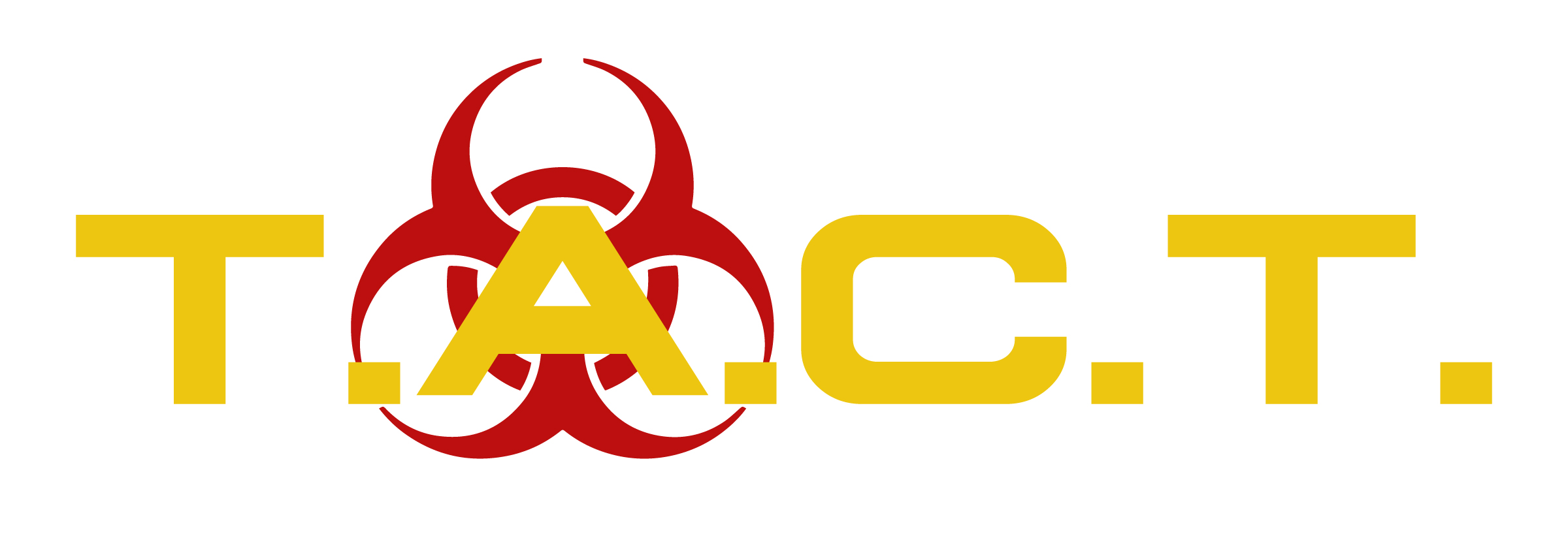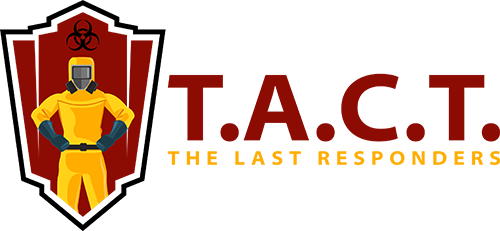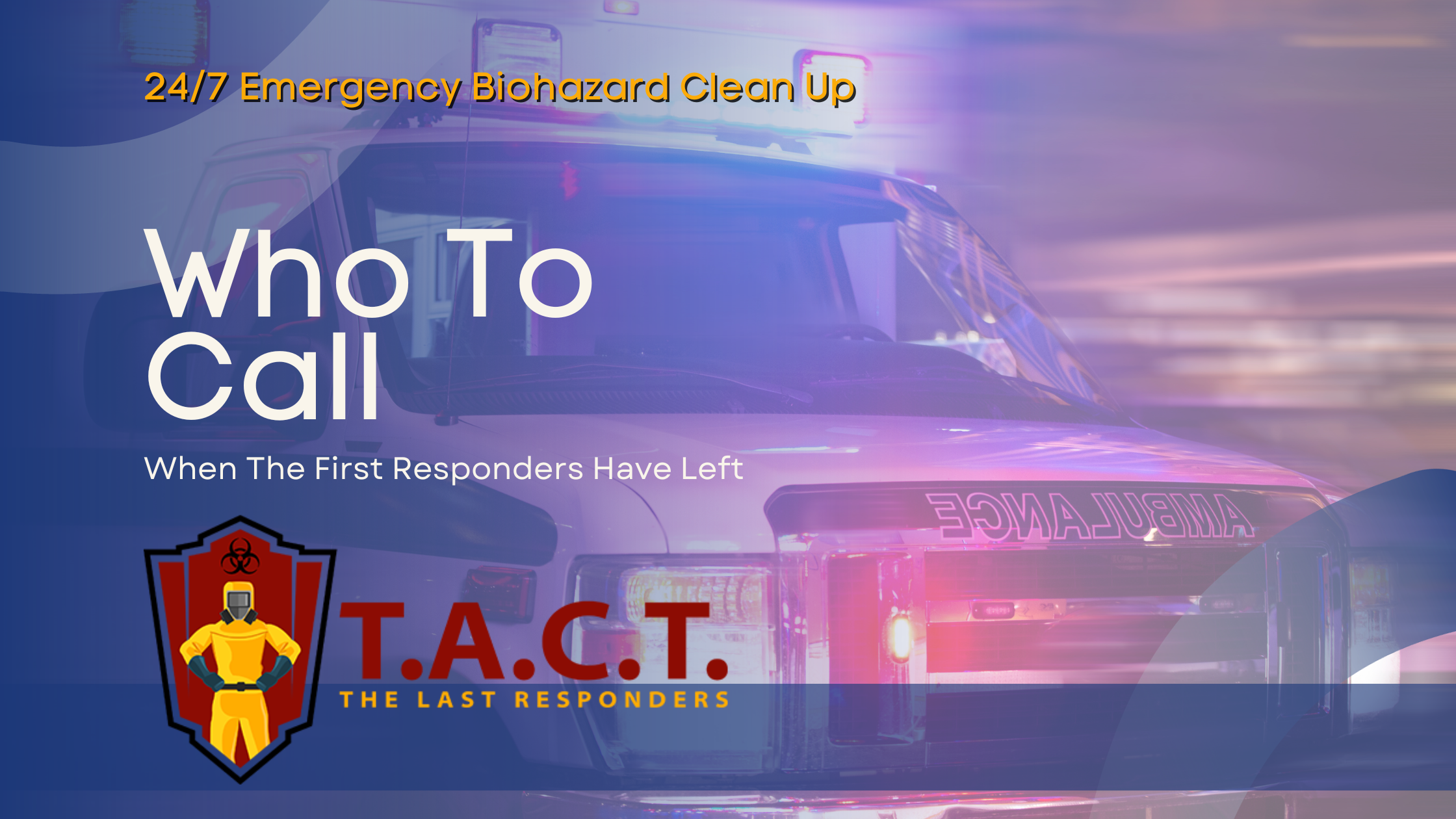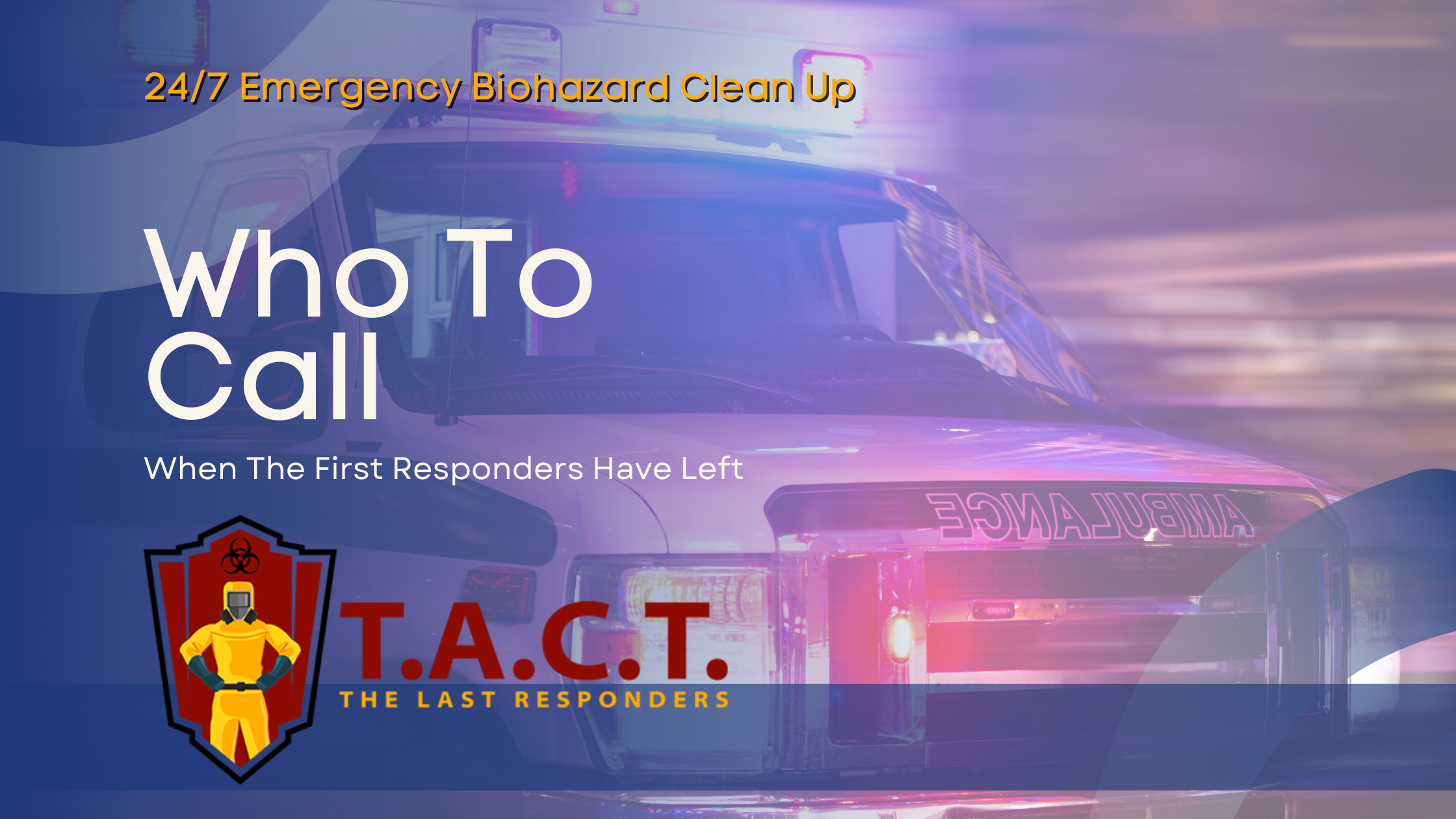Essential Guide to Crime Scene Cleanup Techniques

Essential Guide to Trauma and Crime Scene Cleanup Techniques
Crime scene cleanup is no ordinary job. It requires a unique blend of skill, training, and compassion. Whether handling a trauma scene, biohazard cleanup, or returning a space to safety after a tragedy, professionals in this field play an essential role in ensuring the wellbeing of people and the environment.
Professionals must be prepared for the unique situations encountered during trauma and crime scene cleanup, which demand specialized skills and adaptability to address the varied challenges that arise.
But how does one step into this specialized profession? What training is necessary, and what protocols must be followed? This guide explores the intricacies of crime scene cleanup, from required certifications to career opportunities, helping you better understand this rewarding yet demanding field.
Introduction to Crime Scene Cleanup
Crime scene cleanup is a vital service that goes far beyond ordinary cleaning. It involves the safe and thorough removal of hazardous materials from crime scenes, ensuring that affected spaces are restored to a safe and habitable condition. This specialized field demands a high level of expertise, which is why crime scene cleanup training is essential for anyone considering a career in this industry.
Crime scene cleaners are responsible for a range of critical tasks, including the removal of blood and other bodily fluids, disinfecting contaminated surfaces, and the proper disposal of hazardous waste. Each scene cleanup requires strict adherence to industry standards and regulations to protect both the technicians and the clients they serve. Personal protective equipment, such as gloves, masks, and protective suits, is mandatory to minimize exposure to dangerous materials and ensure the safety of everyone involved.
By receiving comprehensive training and earning certification in crime scene cleanup, individuals demonstrate their commitment to excellence and safety. This education equips them with the knowledge and skills needed to handle the unique challenges of the job, from understanding the proper use of materials to ensuring the safe disposal of biohazards. Ultimately, crime scene cleanup professionals provide an invaluable service, helping clients recover from traumatic events while maintaining the highest standards of safety and professionalism.
What is Crime Scene Cleanup?
Crime scene cleanup involves the meticulous cleaning of spaces affected by traumatic incidents, accidents, or unlawful activities. It is not merely about cleaning a site but ensuring that dangerous contaminants, including biohazards like bloodborne pathogens, are safely removed to restore the area. There is significant risk involved in crime scene and trauma cleanup, and following proper procedures is essential to mitigate these risks and ensure safety.
The demand for this service is growing. With heightened awareness of health risks and strict industry regulations surrounding hazardous material cleanup, crime scene technicians are now more essential than ever. However, entering this field requires more than just willingness. Specialized training and certification are necessary for performing trauma cleanup tasks, as these situations demand unique procedures and strict safety protocols. Comprehensive training, certification, and a significant amount of mental resilience are critical.
Crime Scene Cleanup Training and Certification
What Does Training Cover?
Crime scene cleanup training covers various essential topics, such as:
OSHA Regulations and Compliance: Understanding safety standards for handling hazardous materials.
Federal and Industry Standards: Guidelines for cleaning, disinfecting, and biohazard remediation.
Handling Hazardous Chemicals: Safe practices for using and disposing of cleaning agents and medical waste.
Using Personal Protective Equipment (PPE): Gloves, masks, and protective suits to safeguard against viruses like hepatitis B, HIV, and other pathogens.
The training also provides in-depth details on OSHA standards, biohazard protocols, and operational procedures to ensure thorough understanding and proper implementation.
Flexible and Comprehensive Learning
Many programs now offer online and self-paced options, enabling prospective professionals to study as their schedules allow. These courses often come with quizzes, assessments, and a final exam to ensure trainees grasp the material.
Completing a certified program not only boosts your credibility but also equips you with the industry-specific knowledge needed to handle real-world scenarios. Graduating as a crime scene technician signifies you’re ready to perform skilled, compliant, and compassionate cleanup.
Understanding Crime Scenes and Cleanup Processes
Crime scenes and trauma situations are often unpredictable and complex. A standard cleanup generally involves the following steps:
Biohazard Remediation: Safe removal of blood, bodily fluids, and other biological hazards.
Decontamination: Using specialized disinfectants to neutralize pathogens.
Waste Disposal: Ensuring all waste, including medical waste and sharp objects, is disposed of according to state and federal regulations.
Detailed Cleaning: Cleaning and disinfecting every type of surface, regardless of the location, to return the space to a safe and livable condition.
All regulatory requirements must be covered during the cleanup process.
The Importance of Attention to Detail
Crime scene cleanup is not about covering up a space; it’s about thorough remediation to ensure absolute safety. For this reason, it is essential to comply with OSHA regulations and industry standards to ensure proper procedures and legal compliance.
Safety Protocols and Regulations
When entering potentially hazardous environments, following safety protocols is non-negotiable. Adhering to regulation is essential to ensure safety and legal compliance in these settings. Crime scene cleanup professionals must prioritize:
Personal Protective Equipment (PPE): Always wear appropriate gear, including gloves, respiratory masks, and protective suits.
OSHA Training Standards: These guidelines outline safety measures for handling biohazardous materials and protecting oneself from bloodborne pathogens. Employers and every employer are responsible for ensuring employees receive proper training and are provided with necessary protective equipment.
Hazardous Waste Management: All contaminated materials must be properly sealed and labeled to prevent exposure during disposal. Proper storage of hazardous materials is also a critical part of safety protocols.
Regular Training Updates: The landscape of hazardous cleanup evolves. Staying informed about the latest tools, protocols, and legal requirements ensures compliance and effectiveness.
Specialized Services for Trauma and Crime
Trauma and crime scene cleanup extends beyond typical cleaning services. Professionals are trained to manage:
Bloodborne Pathogens and Biohazards: This includes thorough remediation of substances that pose significant health risks.
Hazardous Chemicals and Materials: From sharp objects to medical waste, proper disposal ensures community safety.
Environmental Hazards: Some situations, like unattended deaths or industrial accidents, may require addressing additional complexities such as odors or chemical spills.
These services demand precision, knowledge, and a calming demeanor, as technicians often interact with individuals processing emotional distress.
Professionals create effective protocols and safe environments to ensure trauma and crime scene cleanup is performed safely and in compliance with all regulations.
Career Opportunities in Crime Scene Cleanup
The specialized nature of crime scene cleanup offers diverse career paths:
Crime Scene Technician: Handle cleanup directly, applying industry-standard protocols.
Supervisor or Team Leader: Lead cleanup crews and manage larger-scale projects.
Business Owner: Start your own cleanup company to help communities in need.
Qualities Required
This field demands more than technical skills. A strong stomach, resilience under pressure, and a commitment to restoring order are imperative. Yet, while challenging, many find this career fulfilling. Crime scene technicians make a tangible difference in people’s lives, helping families and communities heal.
Resources for Professionals
For those interested in pursuing crime scene cleanup, several resources are available:
Training Programs and Certifications: Organizations like the International Janitorial Cleaning Services Association provide detailed curriculums and assessments.
Networking Opportunities: Industry events and forums allow professionals to share experiences and learn best practices.
Online Courses and Support: Flexible learning platforms and webinars ensure professionals can upskill at their convenience.
Whether you’re starting or seeking career growth, these resources support your professional development in this rewarding industry.
Transform Challenging Situations into Safety and Healing
Crime scene cleanup isn’t just about cleaning spaces; it’s about restoring safety and providing comfort during difficult times. This compassionate and meticulous field requires specific knowledge, training, and dedication, but the impact you’ll have on others’ lives is invaluable.
If you’re considering a career in crime scene cleanup, begin by exploring certified training and educational programs. Take advantage of available resources to equip yourself with the skills and expertise needed to excel. With the proper training, adherence to regulations, and empathy for those you serve, you can join this critical profession and make a lasting, positive difference.
Conclusion and Next Steps
Successfully completing a crime scene cleanup training course marks a significant achievement for anyone entering this demanding field. Students emerge with a deep understanding of industry standards, OSHA regulations, and federal regulations, all of which are crucial for performing scene cleanup safely and effectively. The training is designed to be flexible, allowing students to learn at their own pace and receive instruction in essential areas such as bloodborne pathogens, hazardous materials response, and the correct use of personal protective equipment.
Upon finishing the course, students are well-prepared to demonstrate their skills and knowledge on the job, providing high-quality cleanup services to clients in need. Certification not only validates their education but also opens doors to new career opportunities within the crime scene cleanup industry. The next steps are straightforward: register for the course, complete the training modules, and pass the final exam to earn your certification.
As an industry leader in crime scene cleanup training, Hazmat School is dedicated to delivering top-tier education and support. By investing in your training and certification, you position yourself to make a meaningful impact in your community, ensuring that every scene is handled with professionalism, safety, and compassion. Take the next step today and begin your journey toward a rewarding career in crime scene cleanup.
Meta Data
Meta Title
Essential Guide to Crime Scene Cleanup Techniques
Meta Description
Learn crime scene cleanup techniques, training, and certification. Discover how professionals restore safety while following strict industry standards.
Latest news

Nosy neighbors peeking? T.A.C.T. North Atlanta offers discreet biohazard remediation for rodent infestations, mold, hoarding, and more. Unmarked vehicles, quiet experts, full privacy—24/7 service at 470-781-4775.
Read More

